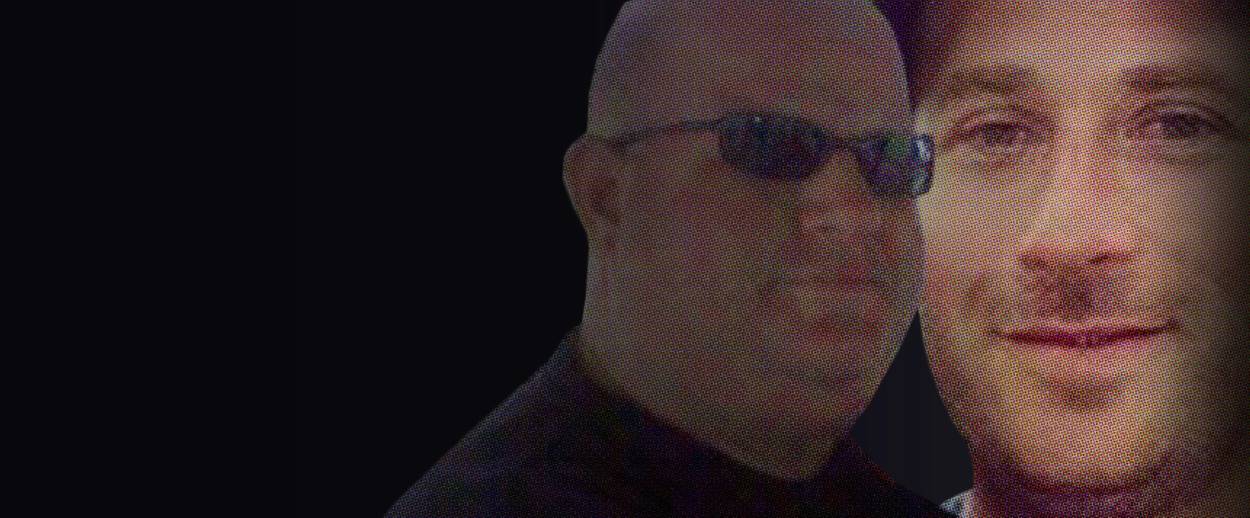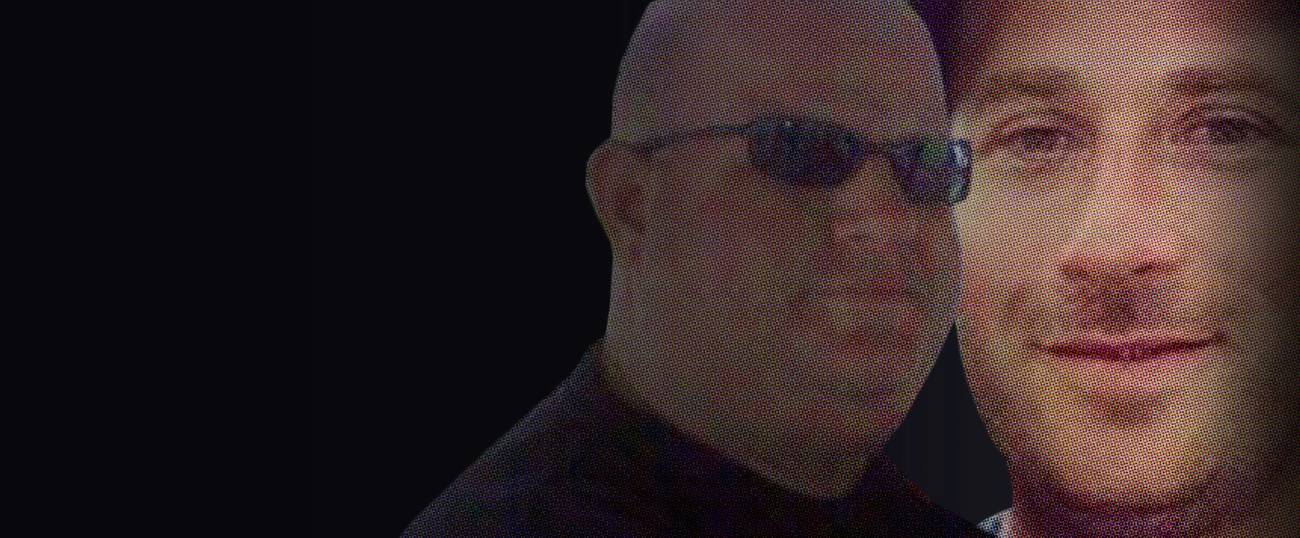Heroes and Schoolteachers
Notes from the American Inferno: why educational institutions are the locus of our current cultural collapse and our best hope to be saved from it




The most consistently and majestically heroic of the American professions is schoolteacher, though for some reason hardly anyone ever thinks to say so. The uniformed services train for physical action and bravery and sang-froid under fire, and schoolteachers do not, except in a small way. And yet, when gunmen and terrorists burst through the doors, the schoolteachers always seem to do the right thing, as if they had been in training all along, and it is moving to see.
The modern history of school-teacher heroism began in February 1993, when the World Trade Center was bombed by one of the factions of the Islamist movement that would eventually become al-Qaida. Annamarie Tesoriero of Brooklyn found herself trapped in a dark elevator for five hours with 17 children and no information, and managed to keep the children orderly and calm. Rosemarie Russo ushered a class of five-year-olds on the 107th floor outside to the observation deck, where she had to keep them warm in the dead of winter for three hours, and then led them down 107 flights of stairs, which took another few hours. At the time, the story of those teachers and their ability to keep their cool seemed to have no particular significance, apart from indicating that people do try to cope.
Three months later, though, another incident made clear that, on the contrary, a pattern of schoolteacher heroism was emerging. This was in France—the modern history of heroic schoolteachers has been oddly Franco-American—where, in the town of Neuilly-sur-Seine, a masked man armed with a rifle and dynamite bombs took over a nursery-school classroom filled with three- and four-year olds and withstood a police siege for 46 hours, until the police were able to shoot him. And the striking element in that incident was the nursery-school teacher, Laurence Dreyfus, who was allowed to exit the classroom more than once during the siege—and always insisted on returning right away, regardless of the extreme danger, in order to keep her wards calm with a story about how the entire event was a game and the masked man was carrying a gun to hunt a wolf.
And so it has been, in one terrible incident after another, sometimes with far worse outcomes. Everyone will recall that, at the Newtown, Conn., massacre in 2012, the Sandy Hook Elementary School principal, Dawn Hochsprung, was killed while lunging at the gunman. That same year, at the Ozar Hatorah school in Toulouse in France, the rabbi and teacher, Jonathan Sandler, was killed trying to shield his own children from an Islamist (who shot the children, too, and another little girl).
In March 2017 at a school in the French Riviera, the head teacher, Hervé Pizzinat, was shot in the arm and, even so, went on trying to reason with a gunman who had been inspired by the Columbine school massacre in the United States in 1999. Six months later at Mattoon High School in Illinois, a student began to shoot up the cafeteria, and Angela McQueen, a math and phys. ed. teacher, lunged at him and, even as he went on shooting, got the gun to point upward, away from the other students.
But I do not intend to provide an inventory of these events—only to suggest a background to a handful of sentences from a New York Times account of the massacre just now at Marjory Stoneman Douglas High School in Parkland, Florida. “As gunshots echoed through the high school, a geography teacher, Scott Beigel, 35, paused to usher stragglers into his classroom before locking the door, only to be shot and killed himself as the shooter strode by. A parent, Jennifer Zeif, credited Beigel for saving her son’s life.” More: “Aaron Feis, a popular football coach who was killed, also had tried to protect students, officials said. “He was that kind of guy,” said Jack Fris, a former football player at the school.” Coach Feis is reported to have thrown himself in front of some of the students, in an effort to shield them from the bullets.
The wave of school massacres represents a cultural collapse, which is especially severe in the United States—the same collapse that can be seen in the politicians who are too cowardly and corrupt to do anything about the wave of massacres, and can be seen in the wave of drug addiction, and can be seen yet again in the unnamable something that has swallowed the White House. Somebody has got to step forward under circumstances like these—has got to show a significant leadership in regard to society as a whole and its values. Only, who will that be? The old-time Marxists used to regard the industrial working class as the messianic class, whose inner essence was to lead the whole of society to a better future. But the working class has no inner essence, even if it was nice to think otherwise. Alexis de Tocqueville considered that, in the American democracy, lawyers were the crucial class, the counterpart to the aristocrats in a more feudal society, with the ability to command the respect and emulation of everyone else. But lawyers may not be ideally constructed to address a cultural collapse.
Then again, Charles Péguy in France took the position in 1910 that, if there is a uniquely crucial force in modern society, it is the schoolteachers. Péguy was a solid socialist and a champion of Captain Dreyfus, which is to say, he was a man of liberal and progressive instincts. But he was also a Catholic, which is to say, a man of spiritual inclinations. In his estimation, a decent society can survive only by clinging to the belief that something grander than material interests should govern our actions—and the grander concept ought to be the republican principles of the French Revolution, with its extravagant notion of the citizen and the citizen’s rights and duties and expectations. Those are spiritual principles, in Péguy’s interpretation. And the guardians of the spiritual principles can only be the schoolteachers. The teachers are the guardians because their professional obligation is to impart the principles to everyone else, but also because, in their everyday routine, the teachers accept their professional obligation as a matter of personal vocation, and not just as a job. They teach the spiritual grandeur of the republican idea in the only way that ultimately it can be taught, which is to embody it.
John Dewey hinted at some parallel thoughts about teachers in the United States, with a few inspirations drawn from Walt Whitman instead of from the Catholic Church. A democratic society can only be an educated society, and educators are therefore the crucial class, and society will stand or fall because of what the educators do. I suppose that ideas like those have come to seem a little musty. Péguy and Dewey are not in fashion. But we should not need the poets and philosophers to make an argument on the teachers’ behalf. The teachers themselves make the argument for their own values and their vocation and its place in society. They make the argument repeatedly, too. And they make it with heroic forcefulness. Scott Beigel and Aaron Feis, the geography teacher and the football coach at the Parkland high school, have demonstrated this just now. To be sure, if teachers like them were unusual, the argument about the heroism and values and grandeur of schoolteachers might seem a tad abstract. But teachers like them are not, in fact, unusual—an immensely moving fact to consider.
***
Read more of Paul Berman’s political and cultural analyses for Tablet magazine here.
Paul Berman is Tablet’s critic-at-large. He is the author of A Tale of Two Utopias, Terror and Liberalism, Power and the Idealists, and The Flight of the Intellectuals.